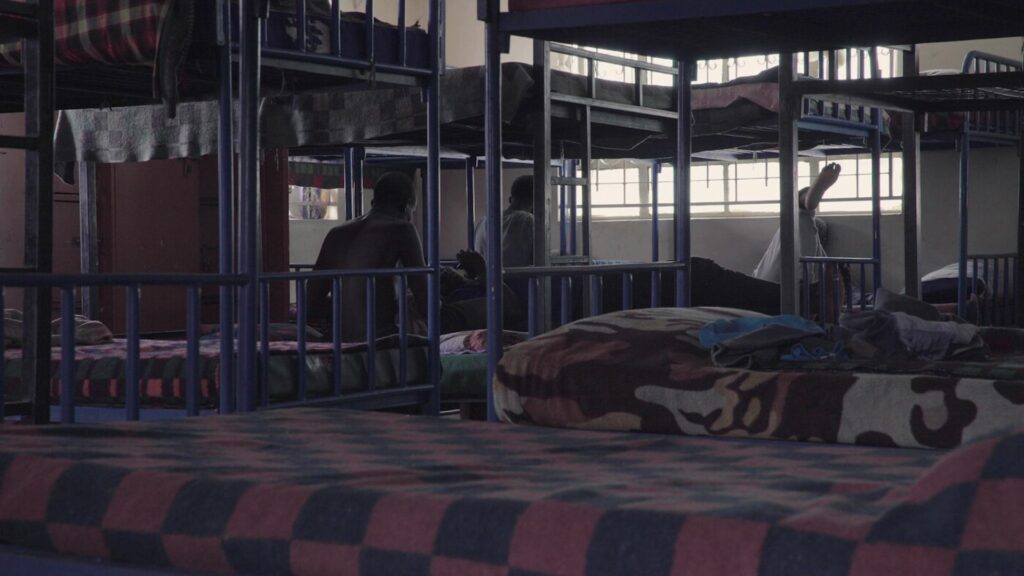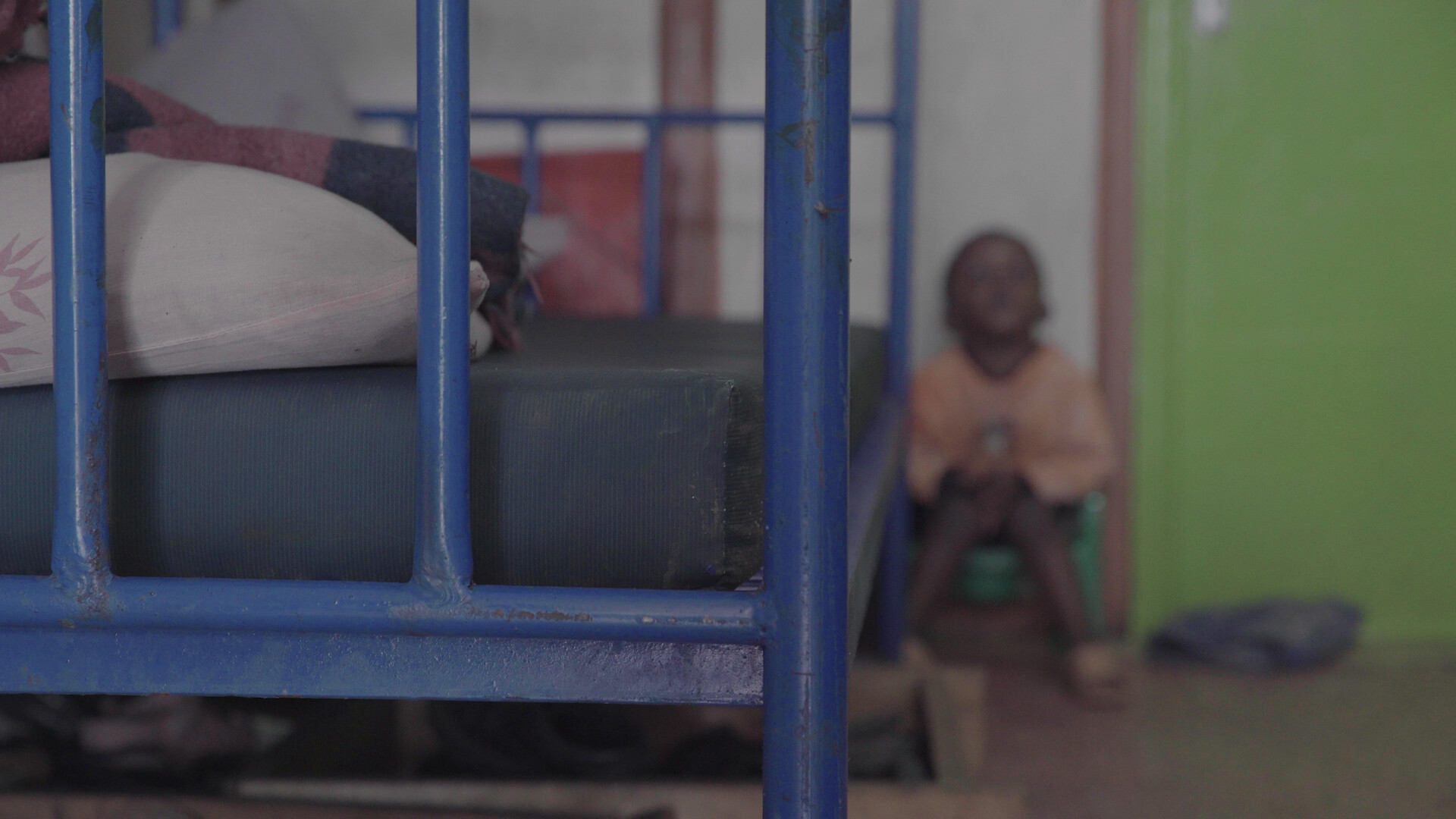The UN International Day of Families (15 May) provides an opportunity to promote awareness of issues relating to families and to increase knowledge of the social, economic and demographic processes affecting them.
A story is told of a group of researchers, visiting one of the rural Maasai villages in a semi-arid area in Kenya. The organization they represented had a clear set of objectives, to identify and register orphans and to understand their needs to inform their interventions. The researchers were shocked by the levels of poverty they observed, but more surprised that, in an area that had been reported to have high mortality rates, there were no orphans reported during the household visits. Later, they learned that after a primary care giver passed on, the child was absorbed into the family of their closest relative and was no longer identified as an orphan.
The researchers disappointment was on the contrary a great relief to the children. These children escaped the force of the label “orphan”. To actors, this categorisation may just be a term to trigger an intervention but to a child, it can expose them to unwanted sympathy that can erode their confidence and self-esteem. Being relieved of the orphan label, also lessens the trepidation that children feel, that they could be separated from their village, community and family members –everyone and everything that provides them with a sense of identity – and confined to an orphanage.
Orphanages as colonial legacy
In many countries in Africa, orphanages remain a legacy of colonial rule that continue to undermine traditional family and community responses to caring for vulnerable children. In Rwanda for example, the Belgian colonial rulers placed children without parental care in state-run institutions. These children would then be used as manual laborers in the fields. It’s true that at this time Rwandan children were also regarded as essential labour within their families and communities but via orphanages Colonialism, as elsewhere in Africa, also introduced opportunities for children to acquire new skills through education which reduced the influence of parents over their children (1).
In the post-colonial era, the use of orphanages as an imported solution to child protection challenges in Africa has continued.
In this way, donors have been key actors in the weakening of the family and community structures which, in turn, drives the further proliferation of orphanages.
Often, orphanages are part of the international aid community’s response to conflicts and other crisis.
In Rwanda again, the number of orphanages rose sharply following the 1994 genocide which left one in ten children losing one or both parents. This, despite the fact that all the major international children’s rights treaties in place then and now recognise that “the child, for the full and harmonious development of his or her personality, should grow up in a family environment, in an atmosphere of happiness, love and understanding” (2).
Yet, in the name of caring for children, across Africa, ever more buildings are constructed and filled with beds and subsequently filled with children to convey the illusion of protection.
Donors are convinced that “orphan” children are being cared for and safe-guarded. But these children are recruited from families and communities – often from desperate parents who have little or no say in the decision. They face an impossible choice; either giving up the child to the orphanage which promises to meet their needs or keeping their child and being denied that support. Sadly, as a result of making this heartbreaking decision, families often end up being portrayed as unloving and criminalized as poor care givers.
When children are shut away in orphanages, they not only lose touch with their communities and families but they often transfer their trust and sense of love to their new primary care givers, the institution.
As a result, some children end up feeling that the institution managers love them more than their parents, who could not provide for them and who gave them up. The family bond is weakened and in some cases totally destroyed. This makes reintegration of children back into their families very difficult or almost impossible. In some cases children will say that they do not know their parents or they feel discriminated against by the community as outsiders.

Support for parents and communities is the answer
The failure to support parents and other primary care givers within communities denies these communities a chance to be responsible for their own children and to aknowledge the reality of the challenges before them.
The children that have been removed, start to be stigmatised, and referred to as children of a particular orphanage as opposed to the community’s children. Consequently these children feel further isolated, and end up feeling that isolation is normal for their kind. For some, communities become unfriendly places, where they may struggle to belong, following reintegration from an orphanage.
Many people have argued that children with disabilities and HIV/AIDS should be placed in orphanages and similar residential facilities to access health-care and education or physio and orthopaedic services. This goes entirely against the principle of inclusion. These children, just like all other children do not want to be alienated from their families, their friends, their communities. Instead of removing children from their homes, we should remove the barriers that hinder their access to services in their communities. We need to bring the services that children and families need, closer to the communities.
Stigma and discrimination is cited as a barrier to vulnerable children accessing the services they need but, by removing children and placing them in orphanages, don’t we further that same narrative of stigma and discrimination? Instead, we should spend more energy and resources on demystifying HIV/AIDS and disability.
Every time a child is removed from the community we weaken the fabric of that community and the ability of that child to value the meaning of a community, to contribute to that community in the future.
But today, even with the explosion of orphanages in Africa, the majority of the children without parental care are still cared for and protected within communities and families; by one parent, by extended family members or family friends. This gives us hope that, by strengthening existing social structures and practices, children in orphanages, who need these relationships and this environment just as much as other children, can eventually enjoy the love and support of a family in the community.
Stephen Ucembe is Regional Advocacy Manager for Hope and Homes for Children in East and Southern Africa. An experienced social worker, he supports our partners in the region to prevent children being confined to institutions and advocates for a model of care that allows children to grow up in families. In a series of 3 blog posts he explores the damage of orphanages in the African context.
To know more
To know more about the harm of orphanages read the other blogs in this series: “The harm of orphanages (part 1):“ and “The harm of orphanages (part 3)”.
